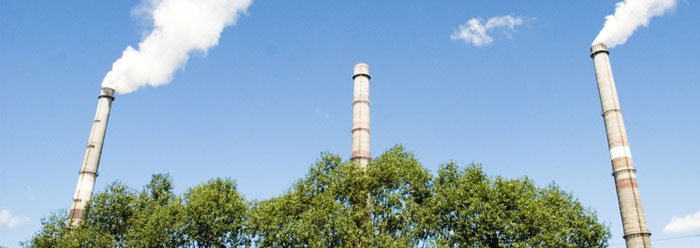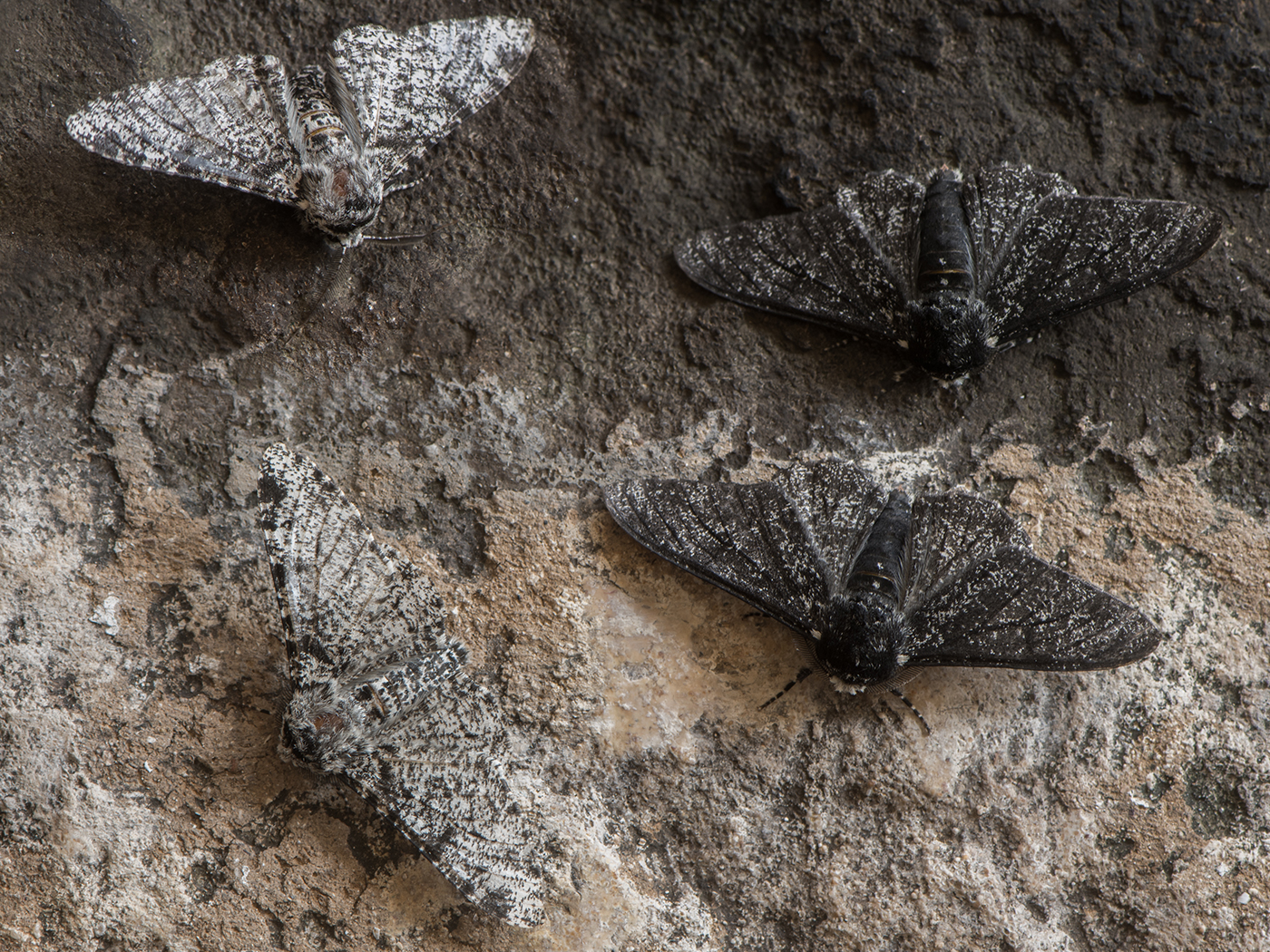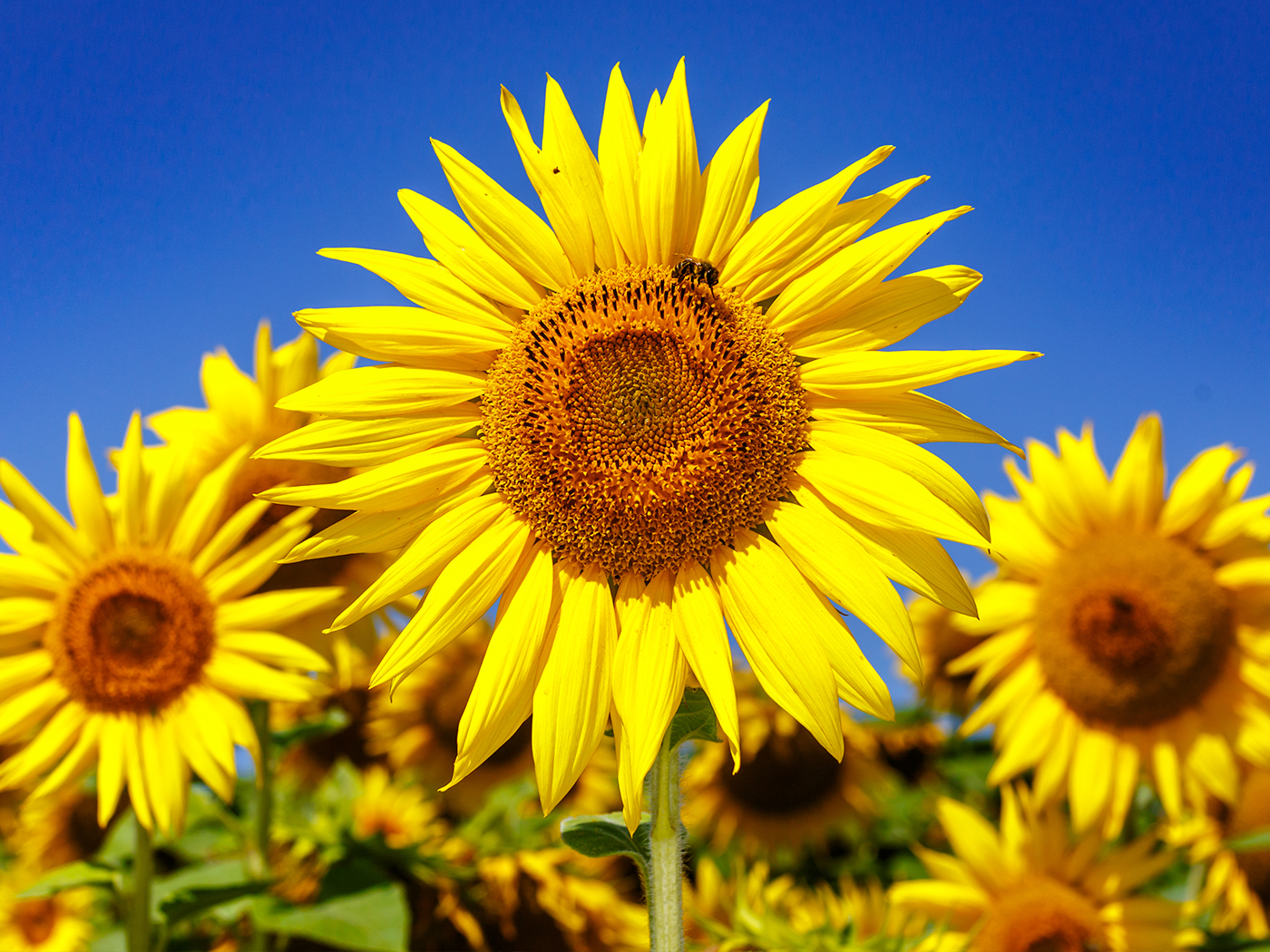In another instance of scientists borrowing design elements from natural systems (a process known as biomimicry), researchers have developed a chemical catalyst modeled after peroxidase enzymes. Peroxidase is a complex protein that converts certain chemicals from harmful to benign and is found in almost all living cells. The goal of the recent studies at Carnegie Mellon University is to provide alternative, environmentally friendly options for industrial waste cleaning.
Some of the potential advantages of this kind of “green chemistry” clean-up include the use of small amounts of the peroxidase-mimicking catalyst at normal temperatures, effectiveness in either acidic or basic environments, high efficiency and speed, and the ability to seek-and-destroy certain particularly “recalcitrant pollutants,” even pathogens.1
Carnegie Mellon’s Terry Collins, who developed the catalyst, said, “Our recent studies into what occurs during the chemical reaction caused by TAMLs [his chemical invention] proves that the catalysts are indeed really close mimics of peroxidase enzymes.”2 If a close imitation of the enzyme is enough to produce such beneficial effects, what does that say about the nature of the actual enzyme?
“By knowing the mechanics of the reactions, we can fine tune the catalysts for even better performance,”2 Dr. Collins said. If the intimate involvement of a chemist is necessary to build and “fine tune” a facsimile, then the original peroxidase must logically also be the result of a purposeful creation. These tiny cellular “scavengers” “have been designed not to release [harmful oxidants],”3 thereby protecting the surrounding cells. The more that scientists discover about the intricate workings of living organisms, the more we can exclaim, “I am fearfully and wonderfully made: marvellous are thy works; and that my soul knoweth right well.”4
References
- Collins, T. 2008. Design, performance and mechanistic chemistry of Fe-TAML activators: Reducing and eliminating hazardous substances. August 18 presentation at The 236th American Chemical Society National Meeting, Philadelphia, PA.
- Green Catalysts Provide Promise For Cleaning Toxins And Pollutants. Carnegie Mellon University press release, August 18, 2008, accessed August 20, 2008
- Stryer, L. 1995. Biochemistry 4th Ed. New York: Freeman and Co., 553.
- Psalm 139:14.
* Mr. Thomas is Science Writer.
Article posted on September 2, 2008.

























